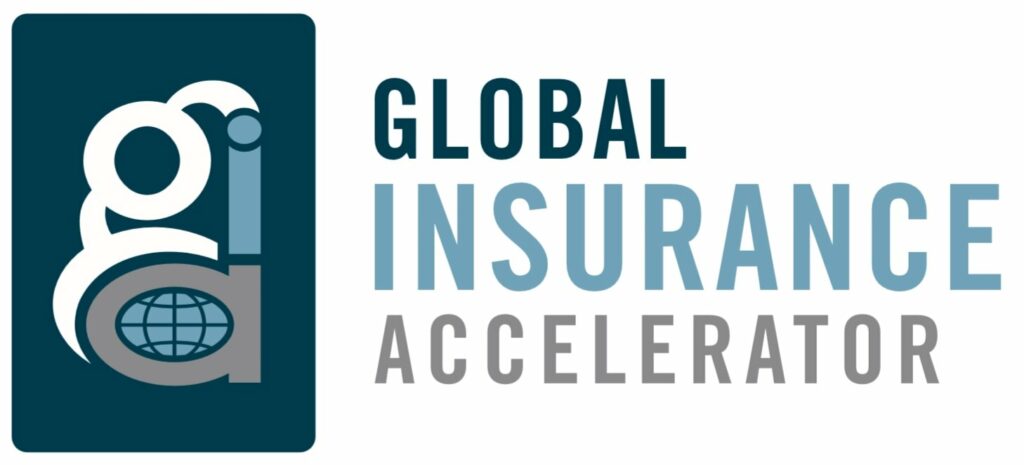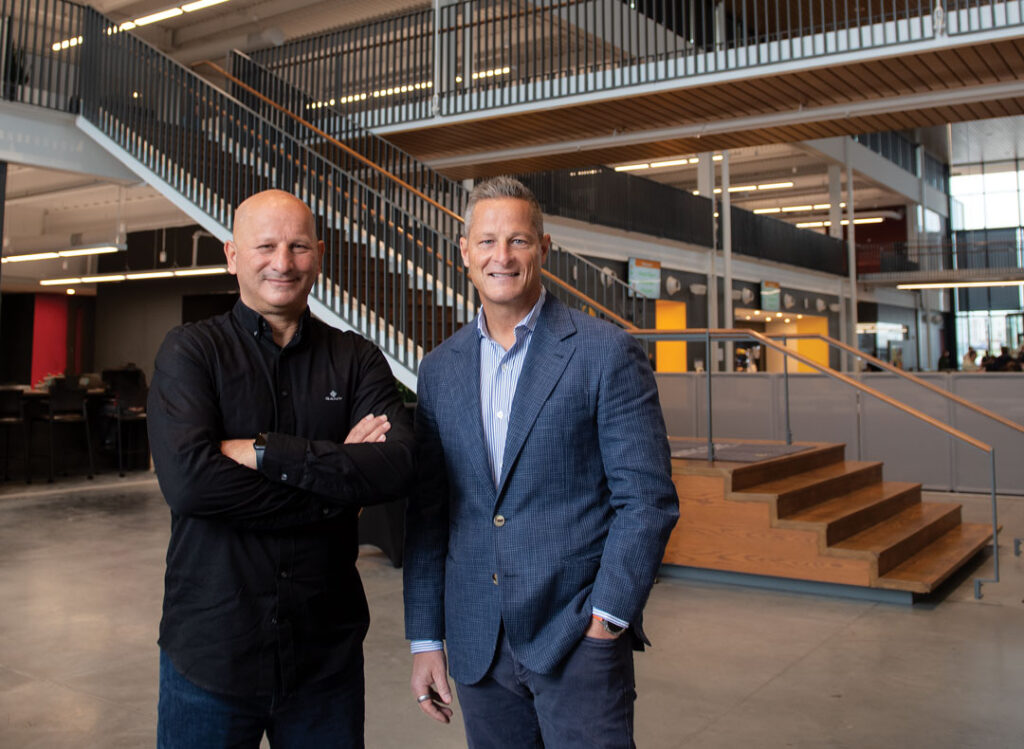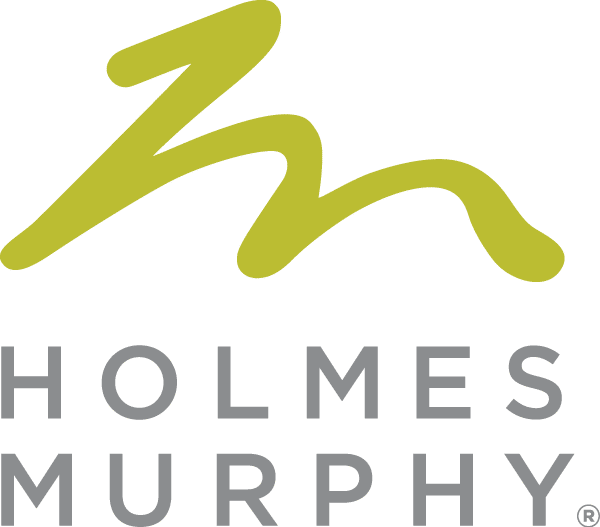Abbott Labs

Dear Mr. Berko:
I’m new to the stock market, and my broker has recommended that I buy 70 shares of Abbott Laboratories. Please tell me about this stock and let me know if you think this is a stock for conservative people. If I buy the stock, I would hold it for a long time, and hopefully in 10 or 15 years it could be worth a lot more than it is today. My Dean Witter broker also told me to reinvest the dividend.
K.L., Durham, N.C.
Dear K.L.:
I like your broker, and I think he’s giving you supercalifragilistic advice. Abbott Labs (ABT-$46.92) is on track for another year of double-digit income growth and should report earnings of $4.17 per share, up 12 percent from 2009’s $3.72. If the forces of good prevail over the forces of evil, ABT’s double-digit income growth will continue. The current $1.76 dividend yields 3.8 percent. According to the brainiacs at UBS and RBC Capital, 2011 earnings should grow 14 percent to $4.74, followed by a 10 percent increase in its dividend to $1.94 per share. I think your Dean Witter broker is recommending one of the finest drug stocks east of Chowchilla, Calif.
Ten years ago, ABT posted $13 billion in revenues. This year, revenues will surpass $35 billion. Ten years ago, ABT’s book value was $5.21 per share. Today that book value is $15.60. Ten years ago, ABT’s free cash flow was $2.34 per share. Today, it’s $5.89. And 10 years ago, ABT’s high stock price was $57 per share. This year’s high price is also $57 per share. Ten years ago, ABT was trading at an atmospheric 27 times earnings. Today, ABT’s price-to-earnings ratio (P/E) seems grounded at just over 10.
Though Abbott’s stock price has been mighty disappointing to many long-term investors, I think the low P/E represents a modestly attractive opportunity for new conservative growth and income investors.
ABT operates four distinct divisions: (1) pharmaceuticals – 54 percent of revenues with an impressive product line of adult and pediatric pharmaceuticals that are steady growers; (2) diagnostic systems – tests for blood banks, physicians’ offices, laboratories and hospitals – represent 12 percent of revenues; (3) nutritional products that include Similac, Ensure, Isomil and Glucerna bring in l7 percent of revenues; and (4) vascular products for coronary, endovascular and vessel closure provide 9 percent of revenues.
Abbott’s Xience V stent soon may be replaced by ABT’s new Vanishing Stent, which could decimate the stent sales of rivals Johnson & Johnson, Medtronic and Boston Scientific, giving ABT nearly total control of the $4.5 billion stent market. The stent eventually dissolves into lactic acid (a natural body chemical), leaving behind (hopefully) a healthy artery.
The company’s recent acquisitions of Solvay and Primal Pharmaceuticals are strengthening its position in international markets. Along with a recent 3,000-person reduction (more to come) in its work force, the company has a strong research and development program and exceptional management. Several analysts believe that Abbott Labs could double its share price in the coming five to seven years. I’d be pleased with a 60 percent gain including dividends, which I think ABT can do.
Please address your financial questions to Malcolm Berko, P.O. Box 1416, Boca Raton, Fla. 33429 or e-mail him at malber@adelphia.net. ©2010 Creators.com









